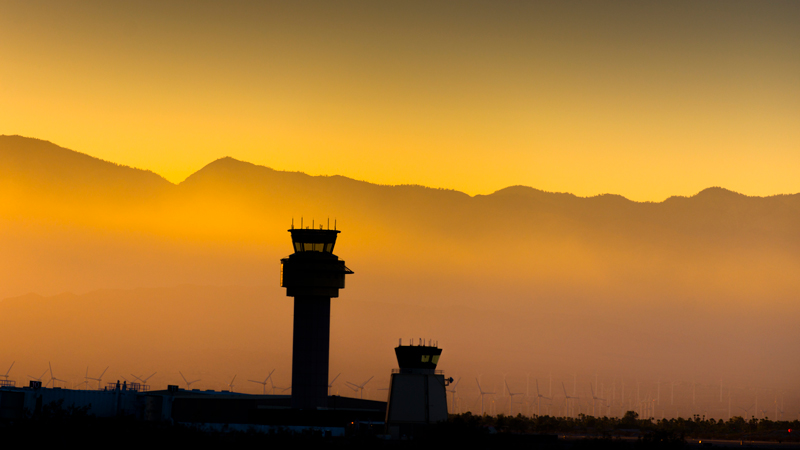Recent Articles
Lori McGilberry Joins LEO A DALY
Lori McGilberry, CHID, EDAC, NCIDQ, RID, joins LEO A DALY to lead and help deliver future-flexible environments that inspire wellness, health and hospitality throughout the dynamic delivery of care.
AIA Florida Honors 360 Rosemary with Statewide Award
360 Rosemary, a 20-story mixed-use project in West Palm Beach, has earned the prestigious Merit Award of Excellence for New Work from AIA Florida. Designed by LEO A DALY and Elkus Manfredi Architects, this LEED Gold-certified tower features stunning office spaces, retail areas, and urban community spaces, contributing to revitalizing the downtown area.
LEO A DALY Expertise Featured in July’s American School and University
The July issue of American Schools and Universities features an article from LEO A DALY’s Irena Savakova and Anya Grant, sharing the design successes for the University of Maryland’s Thurgood Marshall Hall.
LEO A DALY-Designed Bismarck-Burleigh Public Health Building Wins AIA Minneapolis Merit Award
The Bismarck-Burleigh Public Health Building, designed by LEO A DALY, has been honored with an AIA Minneapolis Merit Award.
20 Mass Earns Rethinking the Future Award, an International Honor
An international jury has honored the LEO A DALY-designed 20 Mass project with a Rethinking the Future Award, which recognizes excellence in global architecture.
LEO A DALY selected to design $40M Tulsa air traffic control tower
In the Tulsa World, Avery Sarden, AIA, shares details of the state-of-the-art control tower now being designed at Tulsa International Airport

The following is adapted from the Tulsa World article by Rhett Morgan:
The Tulsa Airports Improvement Trust has chosen LEO A DALY to lead the design for a new, $40 million air traffic control and terminal radar approach control facility at Tulsa International Airport.
Selected from five consultants, LEO A DALY will develop plans and specifications to remove and replace the existing air traffic control tower, including the terminal radar approach control and base buildings. The design should be completed in March 2023, and the Tulsa Airports Improvement Trust is scheduled to solicit bids for construction two months later.
LEO A DALY “is pleased to bring our industry-leading expertise in control tower design to Tulsa International Airport,” Avery M. Sarden AIA, NCARB, LEED AP BD+C, vice president and director of operations, said in a statement.
“Our design goal is to provide a comfortable and state-of-the-art workplace for FAA and airport employees to enjoy while enhancing the airport’s ability to adapt, evolve and grow over the next 50 years.”
The current air traffic control tower was completed in 1961, and it doesn’t meet current building code. The average longevity of a control tower in the United States is about 30 years.
“The maintenance needs and costs to modify the existing tower have grown exponentially in recent years, making it difficult to provide basic facilities in a reliable operating environment for air traffic controllers,” airports trust CEO Alexis Higgins said in a statement.
“Our priority is to ensure the users of Tulsa International Airport and northeast Oklahoma are able to operate within a complex air traffic environment with the full attention of air traffic controllers in a modern facility.”
She said hiring LEO A DALY “is an exciting first step in our journey to build new air traffic facilities.”
Increasing visibility for controllers, the new tower will be 255 feet — 98 feet taller than the current one. The tower cab will contain 550 square feet of floor space and all new FAA equipment.
To be located roughly 1,500 feet west of the current tower, the new terminal radar approach control — or TRACON — and base building will encompass about 13,000 square feet. The existing tower, TRACON and base building will be removed once the new tower is commissioned.
Read the full article:
